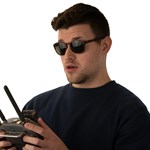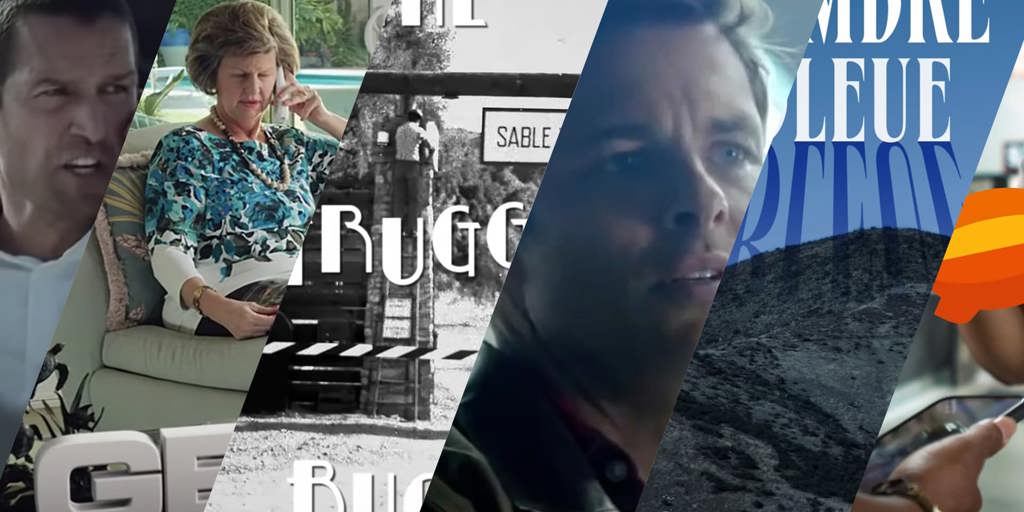What to Watch Next: A Look at Documentary Styles
Wild animals in their natural habitat. Infamous serial killers. Music festival fraud. All of these topics have been covered by documentarians who want to tell real-life stories about the creepy, intriguing or otherwise interesting aspects of the world we live in. Now coupled with the ease of streaming, documentaries have been able to reach new heights. Thom Powers, host of the podcast Pure Nonfiction, told NPR that thanks to this growth in popularity, we’re in “an undeniable golden age for documentary filmmaking.”
That may be so, but the article also acknowledges that the new popularity and demand have exponentially increased the supply. This creates situations where topics will be covered by multiple documentarians at the same time, making it a race to see who finishes their documentary first (as was the case with the competing Fyre Festival documentaries that I alluded to earlier). With all of these documentaries to scroll through, it can be hard to decide which one you want to watch. Well, there are six main styles (sometimes referred to as subgenres or modes) and I’m going to use my knowledge to give you some binge-worthy examples to add to your queue.

Poetic
One of the simplest, yet lesser-known subgenres is the poetic style. These documentaries are typically abstract and take more of an art-oriented focus, focusing on a feeling more than a specific truth. The filmmaker will rarely incorporate anything other than footage, natural sound and maybe some music, leaving the meaning of the documentary to be interpreted by the viewer. This was certainly a style that I wasn’t really familiar with, but I was able to find a few examples that show the unique potential of the style. Life in a Day is a doc from National Geographic that’s a compilation of videos all submitted by the public and filmed on July 24, 2010. Producer Ridley Scott and director Kevin Macdonald then cut together the footage to provide a montage of humanity and show just how big the world is. Though cut down, they keep the footage in this raw form without providing a specific message or takeaway. Another great example of this style is the water focused documentary, Aquarela. This documentary captures water in its various form - be it ice, waterfalls or hurricanes - and showcases the raw power and beauty that it wields. While it’s as simple and abstract as it sounds, it’s still a moving piece that could have many interpretations by the viewer. 
Expository
Next we move from what’s probably the least known style to one that’s the most known: expository. The goal of an expository documentary is to inform or persuade the viewer on something in particular. This is normally accomplished with the use of historical footage, photos, and interviews with relevant experts. Famed director Ken Burns has used this style to produce numerous documentaries on subjects ranging from the Civil War to the old West to his new series on PBS covering country music. A slow digital zoom or pan on an image is sometimes literally referred to as a Ken Burns effect due to how he popularized the style. A more unique example of this is the recent miniseries The Family on Netflix. This series is done in a similar style to a typical expository documentary, but with a tweak: rather than only relying on historical or archival footage for b-roll, they produced reenactments with actual actors (including actor James Cromwell).
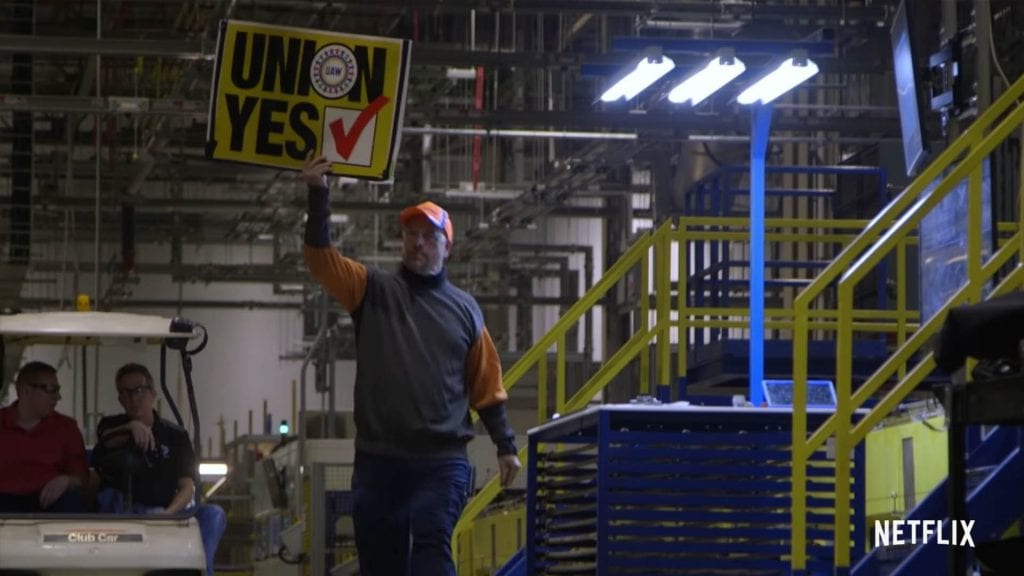
Observational
Beginning around the 1960’s, the observational subgenre has a more objective style. The goal of this style is to capture history as it’s happening and is often referred to as cinema verité, which is French for ‘truthful cinema’. This style is often 'film now, worry later' approach to piecing everything together to tell the story. Conversely to the expository style, observational is aiming to show all sides of a topic while covering it to give it a true objectivity. The production seeks every angle and is usually done in a run-and-gun shooting style. Observational documentaries are often seen covering things like political campaigns - where the footage or the story is being captured before the outcome has been determined. The perfect example of this style is the Academy-Award-nominated Hoop Dreams. The film is a coming of age story that follows two young basketball players that have high hopes of making it to the NBA. The filmmakers followed the players through all four years of high school, never knowing whether they’d actually make it to the NBA in the end. A more recent example is the Netflix documentary American Factory. This documentary covers the challenges that occur when a Chinese business owner re-opens an auto glass factory in Dayton, Ohio. Again, this is a case where the documentarians knew that something worth showing would come out of it, but they had no way of knowing what that something would be. Typically, observational documentaries have the ability to focus more on the present (or present at the time of filming) because of their own run-and-gun footage, where expository documentaries tend to focus mostly on the past using archival or found media.
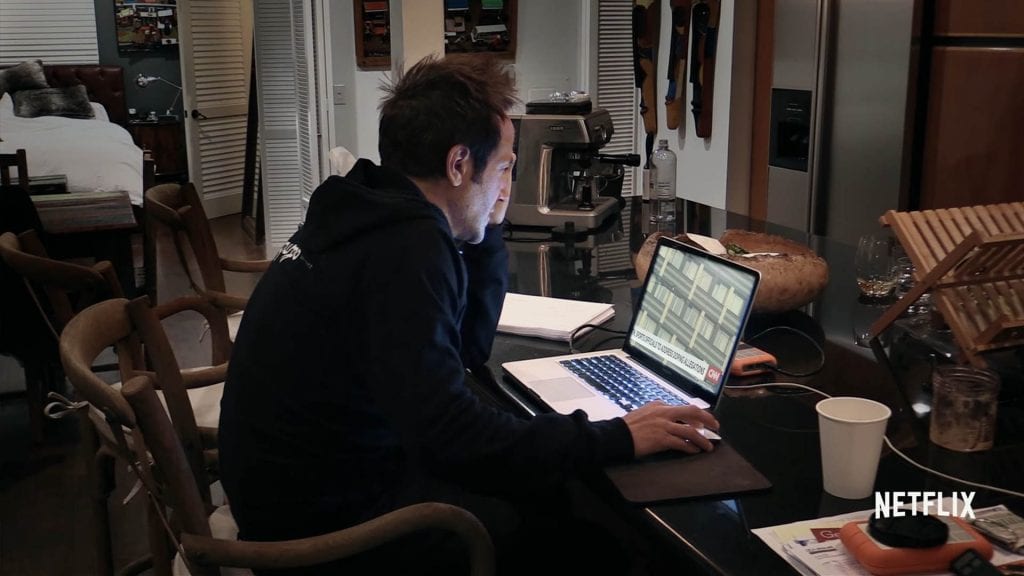
Participatory Documentaries
In contrast to expository and observational documentaries, participatory documentaries involve the director themselves. The director is often in an interviewer role, participating in the narrative by asking questions. This gives them more control on the story that they want to tell, but there’s still a level of unpredictability given that they’re not scripting the answers. A good recent example of this is the Netflix documentary Icarus. This documentary explores the subject of performance enhancing drugs in sports, with a focus on the doping scandal from the Russian Olympic team. Filmmaker Bryan Fogel’s inclusion during the interview provides context for each answer and makes it feel more journalistic versus cinematic. The question/answer format also promotes a sense of tension between interviewer and interviewee, especially because the subject at hand is so controversial. 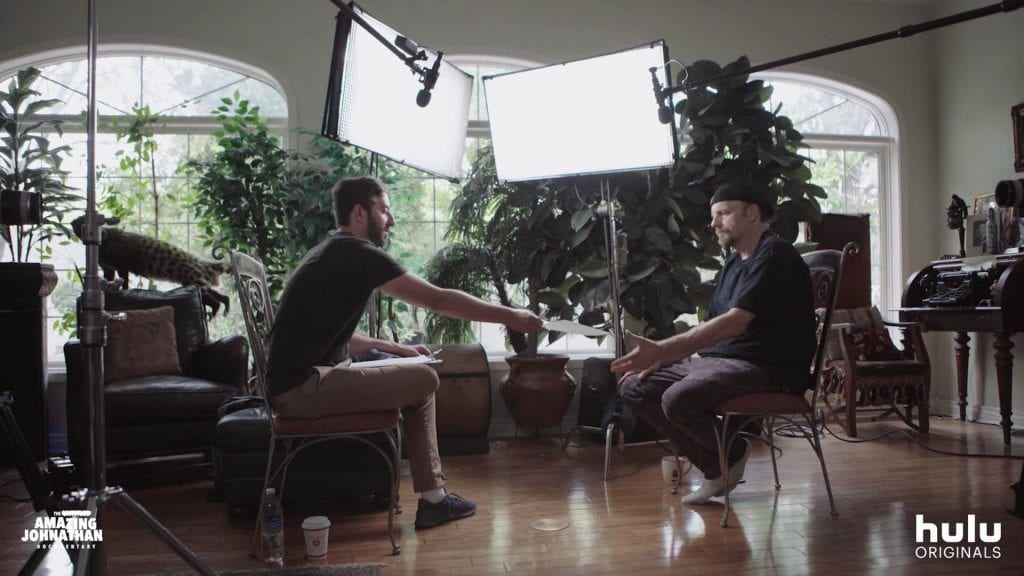
Reflexive Documentaries
Reflexive documentaries take the filmmakers involvement to the next level. And focus on the filming process as well as the topic they’re trying to cover. This style was developed to promote a larger sense of objectivity as documentarians knew there was no way to objectively capture subjects as they truly were with a camera involved. Think of the last time you were somewhere that you knew you were being filmed by a surveillance camera. You become hyper aware that you’re being watched, so even if you aren’t trying to act differently, you’re still not truly being yourself. Reflexive documentaries acknowledge that this is the case, so rather than leaving the objectivity of their story up to question, they include the production itself as part of the story. This might sound extremely complicated, but it’s easy to observe in Hulu’s The Amazing Johnathan Documentary. Director Ben Berman essentially becomes the second main character, behind the subject, comedian-magician The Amazing Johnathan. The documentary as a whole is a great example of the reflexive style, but also portrays the current state of the genre due to the demand created by streaming. This piece explores the now competitive nature of documenting when a second documentary crew comes into the fold while Berman is still producing his. At different times this film is biographical for both subject and director, bringing a level of meta and creative storytelling that makes this one of my favorite documentaries in recent memory.
Performative Documentaries
Lastly, the performative style takes this filmmaker involvement to the farthest level possible. The subject, who’s often the director, gives their point of view for the entire film, preferring to see truth as relative and not truly objective. This style has been popularized by Michael Moore - in films like Bowling for Columbine - and others who want to guide the viewer to a specific, often social, message. A recent documentary that falls into this style though not in a typical way is Risk on Netflix. Director Laura Poitras spent over six years filming this piece that covers WikiLeaks founder Julian Assange. She does a great job of telling his story while also providing her own point of view and fears when producing something for such a controversial figure. You could argue that this style is more reflexive than performative, but what tips the scales for me is how it feels like she’s guiding you through the story versus just showing the production. Many filmmakers are blending these styles together, using unique production techniques and creative editing to separate themselves amongst the sea of competition. The compact engineering and low price-points of many cameras have made it easier than ever for anyone to capture and create their own documentary. Even something like an iPhone could be used to tell a story if it’s interesting enough (although it might be harder to sell to Netflix or Hulu that way). Who knows whether the current documentary boom will hold up, but either way there’ll probably be a documentary on it that we can all stream on Netflix, Hulu or Amazon in the future.

